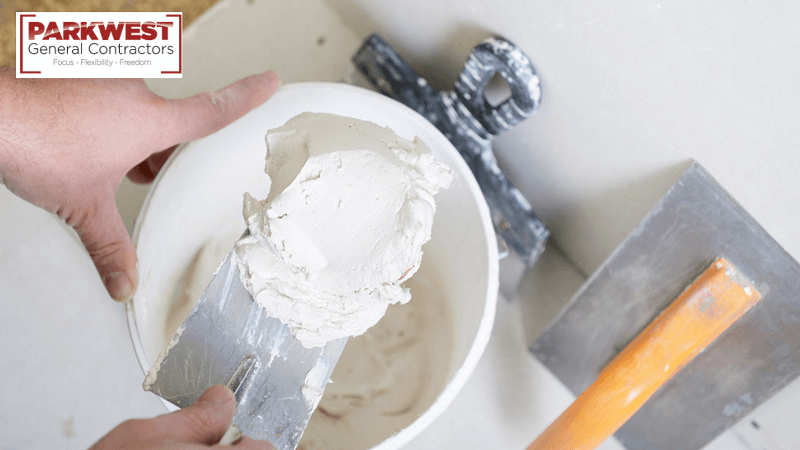



Homeowners and commercial property owners commonly choose plaster and drywall for interior wall finish. Are there scenarios in which one is better than the other? Yes, since plaster is more durable while drywall is cheaper. Here's a closer look at the difference between plaster and drywall.
A major difference between plaster and drywall is quality, but at the same time, both have distinct advantages and disadvantages. Plaster can cost as much as three times more per square foot than drywall ($10 vs. $3 per square foot). However, you get what you pay for since plaster is harder, thicker, and more long-lasting.
Ultimately, if you are trying to cut short-term costs, drywall is the simple solution. It takes less time to install and provides excellent energy efficiency to cut costs further. Nonetheless, if you want a long-term solution, plaster is the better choice. Plaster is also more fire-resistant and provides much better soundproofing. One of its main disadvantages is that it takes weeks to dry, whereas a drywall installation can be completed in a few days.
Plaster has existed as a building material for centuries. It was very common for walls and ceilings to be made of plaster in homes before 1950. Its durability made it popular, along with the capability of covering various types of materials such as brick, wood, or stone. It's typically a mix of cement, sand, water, and additives.
Drywall is a more modern invention, as it first appeared in 1916 as an alternative to plaster. It became more prevalent in the 1940s and afterward. Drywall panels are made of gypsum, a soft mineral placed between two layers of heavy paperboard and additives. Gypsum must be mined, or it can be a synthetically engineered byproduct of coal-fired power plants. It's an ingredient in plaster as well. Drywall panels can be easily cut to fit with doorways and windows.
Deciding between plaster and drywall comes down to choices involving budget, aesthetics, and practicality. In some cases, drywall is more practical, such as for quick repairs to walls or ceilings. One of your biggest concerns should be durability unless you plan on doing future renovations anyway. Plaster not only lasts longer, but it's also more likely to resist natural disasters.
Even though drywall is cheaper, it's still a good solution for adding insulation, such as fiberglass batts and spray foam. Plaster is a superior insulator, but it's difficult to add to existing plaster walls. When it comes to energy efficiency, many builders prefer drywall, especially combined with high-quality insulation. However, plaster is more eco-friendly since it doesn't have to be replaced often. It can also be made from recycled materials.
Knowing the difference between plaster and drywall can help you save money and plan for quality. Plaster saves maintenance costs in the long run, while drywall costs less in the short run. Drywall is a more popular choice due to its lower price, but plaster is more robust and has more appealing aesthetics.
Contact us at Parkwest General Contractors for more information about choosing the right building materials. We can expertly execute and complete your commercial construction project within your budget.